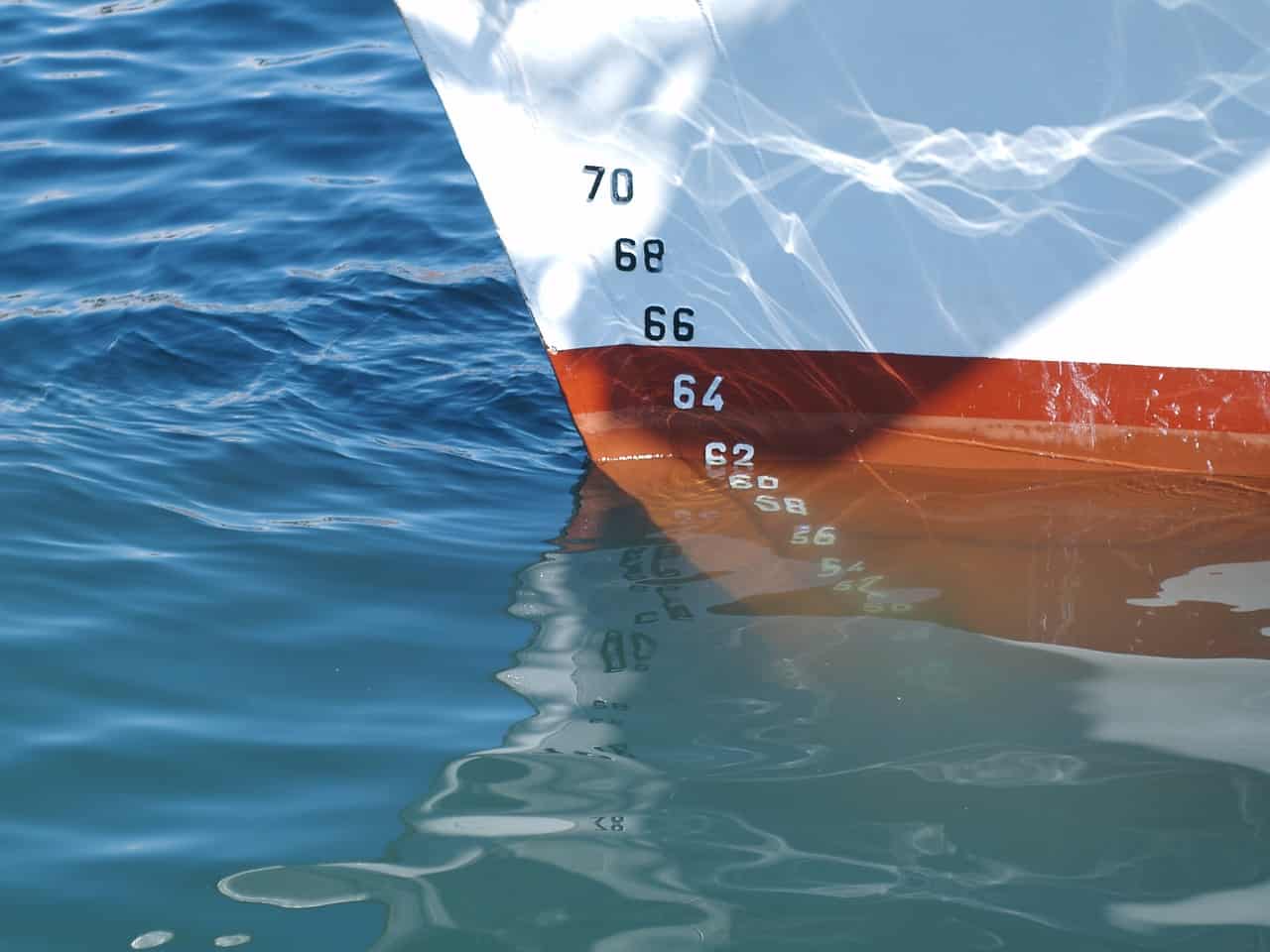The global rate of sea-level rise from 1940 to 2000 was faster than all previous 60-year intervals over the past 2,000 years.
Rising sea levels are an indicator of the progress of climate change and by ascertaining when sea levels began to rise globally we can pinpoint the onset of climate change.
And that date was a lot further back in time than generally assumed, for it was way back in 1863. That was when the Industrial Revolution was beginning to have its impacts felt on the climate globally.
This is according to a team of scientists who examined a global database of sea-level records over the past 2,000 years and reached the conclusion that in1863 there was a noticeable rise in sea levels.
“Having a thorough understanding of site-specific sea-level changes over long timescales is imperative for regional and local planning and response to future sea level rise,” says Jennifer S. Walker, a postdoctoral associate in the Department of Earth and Planetary Sciences at Rutgers University-New Brunswick who was the lead author of a study on the findings.
The rise in sea levels was not uniform as certain regions took decades longer to experience changes, yet by the mid-20th century the rate of sea-level rise began to gather speed, the experts found.
“We can be virtually certain the global rate of sea-level rise from 1940 to 2000 was faster than all previous 60-year intervals over the last 2,000 years,” Walker says.
“The fact that modern rates emerge at all of our study sites by the mid-20th century demonstrates the significant influence global sea-level rise has had on our planet in the last century,” she explains.
And matters are bound to get worse. In a comprehensive new report, for instance, scientist say that in the United States alone sea water along shorelines will be between 0.25 meters and 0.3 meters higher by the middle of this century than it currently is.
“Sea level rise will create a profound shift in coastal flooding over the next 30 years by causing tide and storm surge heights to increase and reach further inland,” the scientists note in their report. “By 2050, ‘moderate’ (typically damaging) flooding is expected to occur, on average, more than 10 times as often as it does today, and can be intensified by local factors.”
This story first appeared on Sustainability Times
© 2022 Sustainability Times.
This article is licensed under a Creative Commons Attribution-ShareAlike 4.0 SA International License.












